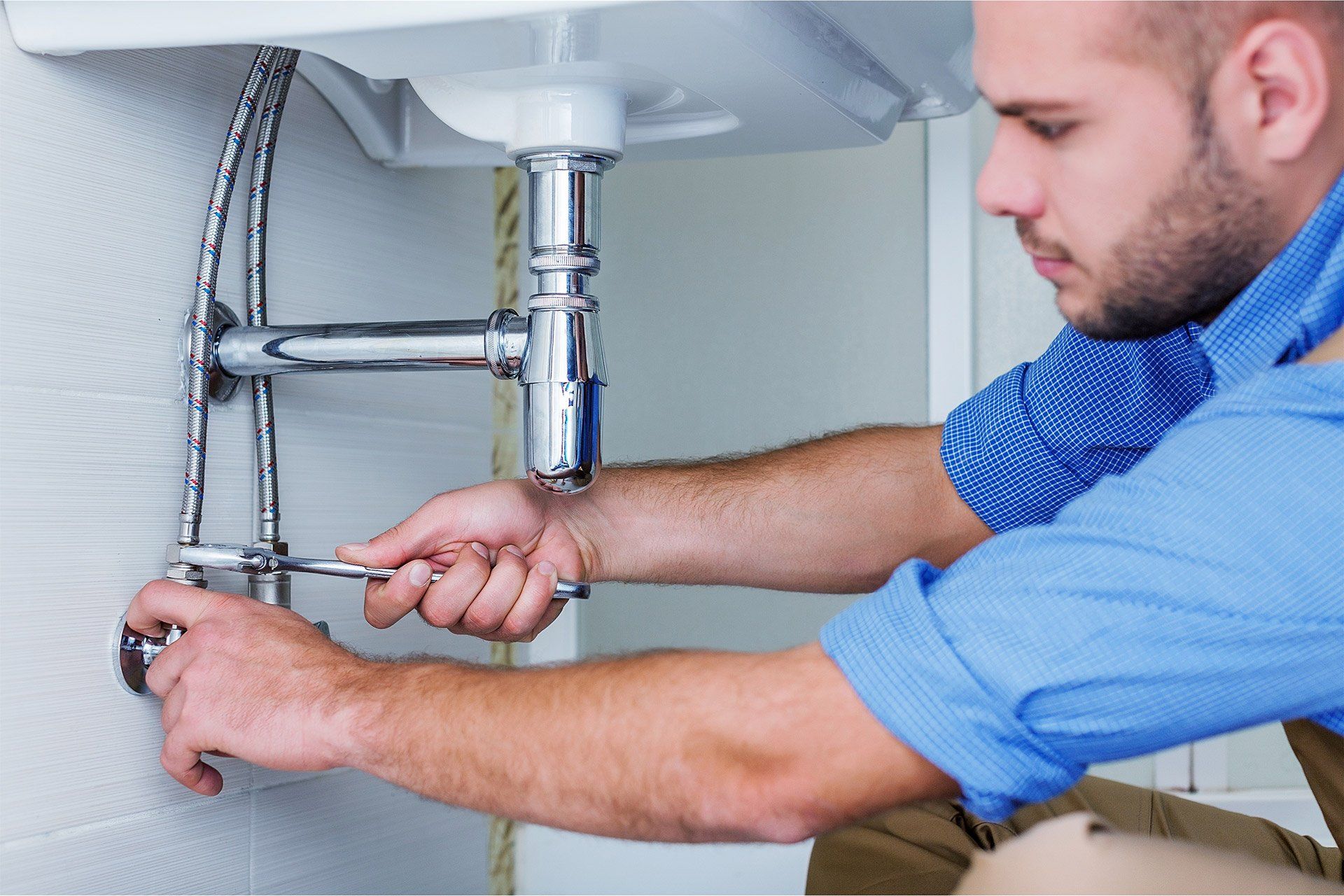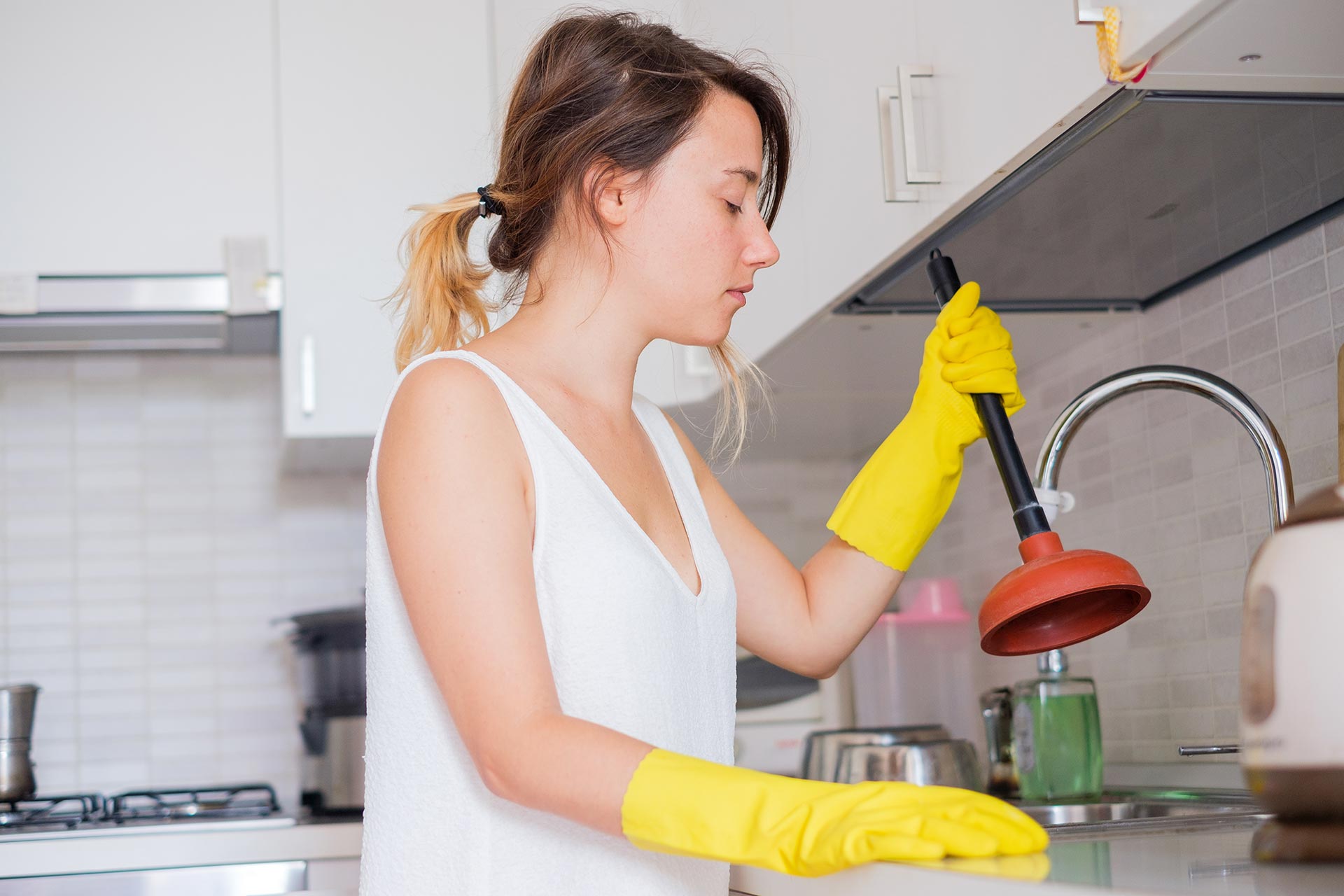Water Heater Seasonal Maintenace
Water heater maintenance and safety

Your water heater may remain unseen, hidden in a utility closet or sitting alone in a basement. Keep in mind, though, that it needs regular maintenance for safety reasons and to prevent water damage to your home.
Water heater parts
Most residential tanks hold 40 to 60 gallons and must be able to hold the pressure of a residential water system, which typically runs at 50 to 100 pounds per square inch (psi). Steel tanks are tested to handle 300 psi and normally have a bonded-glass liner to keep rust from the water, as well as insulation surrounding the tank. Other water heater parts include:
- A dip tube to let cold water into the tank
- A pipe to let hot water out of the tank
- A thermostat to control the temperature of the water inside the tank
- Heating elements similar to those inside an electric oven
- A drain valve that allows you to drain the tank to replace the elements or to move the tank
- A temperature or pressure relief valve that keeps the tank from exploding
- A sacrificial anode rod to help keep the steel tank from corroding
- A drip pan placed beneath the water heater reduces the possibility of water running onto the floor surface
Temperature or pressure relief valve
A temperature or pressure relief valve helps prevent a tank from exploding if temperature or pressure exceeds safe limits. Unfortunately, residential valves are somewhat prone to failure. As part of your annual water heater care this need to be tested by a trained professional to avoid potential damage to unit or the house.
Temperature control
On residential tanks, the settings are normally warm, hot, very hot or something similar. There is so much variation on what these settings mean, but the right temperature is at least 120 degrees at the tap. It is important to keep the temperature close to 120 degrees to kill germs.
When leaving for vacation, set the hot water heater temperature at its lowest setting. This will save money and reduce the risk of any problems while you are away.
Additional water heater safety tips
Keep safe by following these water heater recommendations:
- Remove paper, accumulated dust or other combustibles from the heater enclosure.
- Extinguish the pilot light before using flammable liquids or setting off aerosol bug bombs.
- If the device is in the garage, raise it so the pilot light is 18 inches above the floor. This helps prevent ignition of gasoline vapors that collect near the floor.
- Consider installing an automatic gas-shutoff valve, which stops the flow of gas if the ground moves or if gas flow increases dramatically. The valve, which generally costs around $300, prevents fires when a gas line breaks due to flood, earthquake or other disaster.
- You may also want to insulate the first six feet of the hot water pipe and the first three feet of the cold water pipe that extends from your hot water tank. Insulating the hot water pipe reduces heat loss, and insulating the cold water pipe reduces sweating in the summer. You can find pipe wrap insulation for this purpose in most hardware stores.
- Do not use pipe wrap or any other insulation within six inches of the draft hood or flue exhaust vent at the top of the natural gas water heater. If your faucets are sputtering, spitting and spewing, it could be a sign that your water heater is overheating.
Book a Service Today
We will get back to you as soon as possible
Please try again later
Quick & Reliable
We are available 24/7 via email or telephone
Location
Evergreen / Conifer / Morrison / Littleton / Lakewood /Highlands Ranch - Colorado
Bryce@h-hsolution.com
Call
720-579-8468
H&H Solution's
Navigation
Services
Working hours
- Mon - Wed
- -
- Thu - Sat
- -
- Sunday
- -
All Rights Reserved | H&H Solutions L.L.C.

